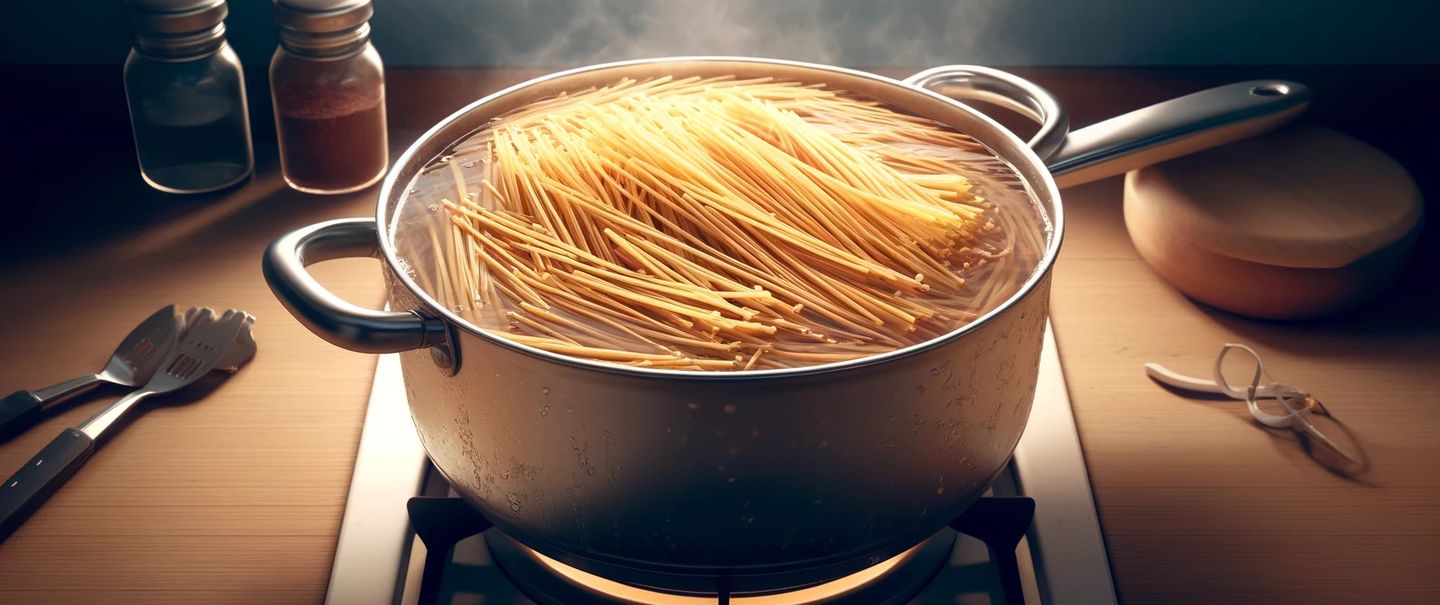Mamma Mia!
You'd think cooking pasta is foolproof, right? Wrong. You can toss noodles in a pot and hope for the best, but if you're aiming for that chef's kiss perfection, you might be stumbling into a culinary minefield without even realizing it.
There's a sneaky art to getting pasta just right, and chances are, you're tripping into a few pasta pitfalls without even knowing it. So the Italians beg of you: Stop making these 10 pasta mistakes.



















